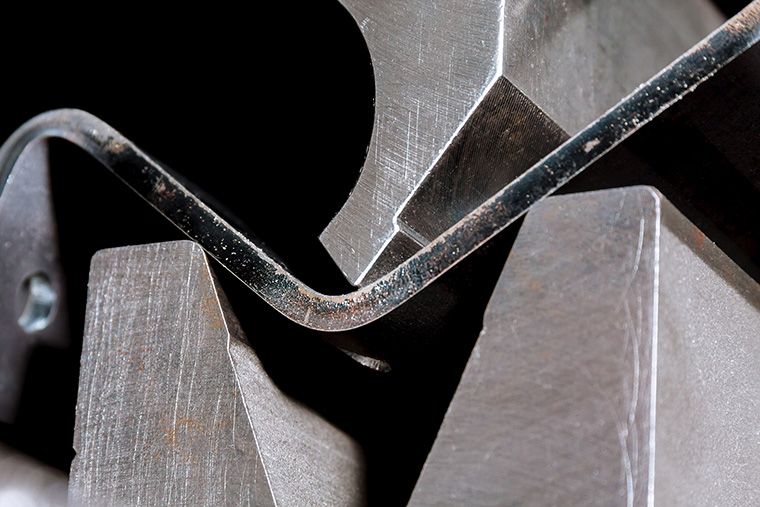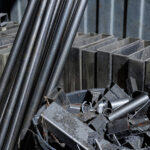The steel industry, a cornerstone of modern manufacturing and construction, continues to evolve in 2024. Facing challenges and opportunities alike, it remains a dynamic and vital sector. This blog post provides an in-depth look at the current state of the steel industry, highlighting key trends, innovations, and challenges.
1. Current State of the Global Steel Industry
Market Overview
As of 2023, the global steel industry has shown resilience in the face of economic fluctuations. The demand for steel continues to grow, driven by sectors such as construction, automotive, and infrastructure.
Production Trends
Global steel production has seen a shift with emerging economies increasing their output. Innovations in production technology have also contributed to more efficient and sustainable steel manufacturing processes.
2. Technological Advancements in Steel Production
Automation and AI
The integration of automation and artificial intelligence (AI) in steel production has led to significant efficiency gains. These technologies have streamlined operations, reduced waste, and improved quality control.
Green Steelmaking Technologies
The industry is increasingly adopting ‘green’ steelmaking methods, focusing on reducing carbon emissions and environmental impact. This includes the use of electric arc furnaces and the incorporation of renewable energy sources.
3. The Impact of Economic Policies on Steel
Trade Policies and Tariffs
Trade policies and tariffs continue to influence the global steel market. In 2023, trade agreements and tariff adjustments have had a notable impact on steel imports and exports, affecting prices and market dynamics.
Government Initiatives
Various governments have launched initiatives to support their domestic steel industries, including subsidies, grants, and infrastructure projects. These policies aim to bolster local production and encourage sustainable practices.
4. Sustainability and Environmental Challenges
Carbon Footprint Reduction
Reducing the carbon footprint of steel production remains a significant challenge. The industry is exploring various strategies, including carbon capture and storage (CCS) and the use of low-carbon raw materials.
Recycling and Circular Economy
Steel recycling continues to be a focus area, promoting a circular economy. The industry is enhancing recycling technologies and processes to increase the use of scrap steel in production.
5. The Role of Steel in Construction and Infrastructure
Innovative Building Solutions
Steel is at the forefront of innovative building solutions, offering strength, flexibility, and sustainability. In 2024, steel is increasingly used in modular construction and eco-friendly building designs.
Infrastructure Development
Steel plays a critical role in infrastructure projects worldwide. Its versatility and durability make it ideal for bridges, tunnels, and transportation systems.
6. Steel in the Automotive Industry
Lightweight Steel Alloys
The development of lightweight steel alloys has revolutionized the automotive industry. These alloys contribute to fuel efficiency and reduced emissions without compromising safety and performance.
Electric Vehicle (EV) Market
The rise of the EV market presents new opportunities for the steel industry. Steel is used in EV frames, batteries, and charging infrastructure, driving demand in this sector.
7. Challenges Facing the Steel Industry
Market Volatility
The steel industry faces market volatility due to fluctuating raw material costs, economic uncertainties, and changing demand patterns.
Competition from Alternative Materials
Steel faces competition from alternative materials like aluminum and composites, especially in sectors where weight reduction is a priority.
8. Future Outlook and Trends
Industry 4.0 Integration
The integration of Industry 4.0 technologies is set to transform the steel industry further. This includes advancements in IoT, big data analytics, and supply chain optimization.
Focus on Specialized Steel Products
There is a growing trend towards the production of specialized steel products tailored for specific applications, offering higher value and performance.
9. The Role of Policy and Regulation
Environmental Regulations
Stricter environmental regulations are shaping the industry, pushing companies to adopt cleaner and more sustainable practices.
Safety and Quality Standards
Enhanced safety and quality standards are being implemented, ensuring the production of high-grade steel while safeguarding worker welfare.
10. Pride Metals and the Steel Industry
Commitment to Quality and Sustainability
Pride Metals remains committed to delivering high-quality steel products while embracing sustainable practices. We are at the forefront of adopting green technologies and efficient production methods.
Partnering for a Sustainable Future
We believe in partnering with stakeholders across the value chain to promote a sustainable and resilient steel industry. Our focus is on innovation, quality, and environmental stewardship.
The steel industry in 2023 was marked by technological innovation, a focus on sustainability, and adapting to global market dynamics. As a key player, Pride Metals is dedicated to advancing these trends, ensuring that we meet the demands of the present while preparing for the challenges of the future. The steel industry, with its blend of tradition and innovation, continues to be a vital part of the global economy and a testament to human ingenuity and resilience.







